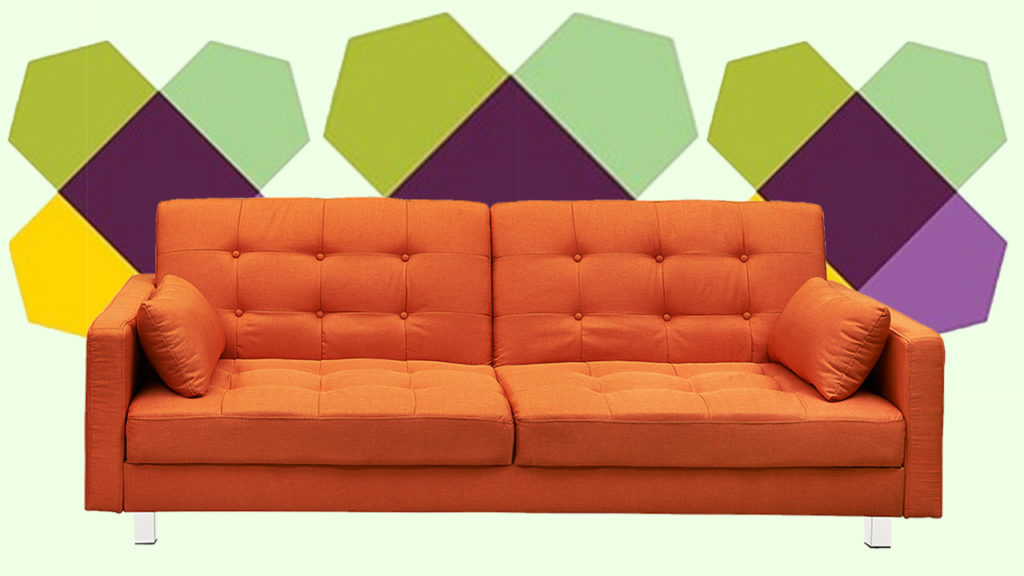Wayfair has expanded its marketing efforts with three new strategies—membership, physical retail and mixed reality. According to the direct-to-consumer furnishings brand, these activations are meant to deepen engagement with customers beyond its online presence.
Unveiled this week, MyWay is Wayfair’s answer to Amazon Prime—offering benefits to its subscribers and offering personalized shopping recommendations. For $29.99 per year, MyWay members receive free shipping that includes one-day delivery, 25 percent off in-home services like installation and hand-picked perks and promotions.
“With the introduction of MyWay, we are inviting customers to enjoy an elevated level of service and value while offering yet another reason to make Wayfair their go-to destination for everything home,” said Wayfair’s chief product and marketing officer Ed Macri in a press release.
Considering the fact that around 65 percent of Wayfair sales originate from existing customers, it’s a good idea to make them feel special.
A 2017 study conducted by Forrester Research found that 59 percent of US online adults who belong to customer loyalty programs say that getting special offers or treatment that isn’t available to other customers is important to them. Forrester also learned that loyalty members spend more on average than non-members.
While brick-and-mortar retailers look for ways to sell direct, digital native brands like Wayfair are launching physical locations.
For the first time, Wayfair is launching a physical showroom just in time for the holiday shopping season. Two pop-up retail locations, open from November 1 to January 2, will be installed—one in Massachusetts and the other in New Jersey.
Notably, it’s a good year for Wayfair to test its physical retail presence. According to the National Retail Federation (NRF), holiday retail sales in November and December will reach $721 billion in the US. Also, furniture and home furnishing store sales increased 1.5 YoY for the month of September.
In addition to attracting new customers and letting existing ones sample products first-hand, Wayfair is using the opportunity to show off its customer service and technology at these pop-up locations. A How-To station will offer custom furniture design and access to the brand’s website. Both customer service and home design experts will be present in the stores to answer questions, while walking guests through Wayfair’s e-design platform.
Speaking of design, Wayfair also has continued its AR strategy with a mixed reality app called Wayfair Spaces for Magic Leap One. The experience presents a selection of three-dimensional rooms that consumers can explore from a bird’s eye view. Users can then drag individual items outside of the 3D rooms, where they transform into life-size products that anchor to the floor in augmented reality. Product information, prices and reviews can then be displayed by interacting with virtual items.

